Good Food's top 10 food trends for 2019
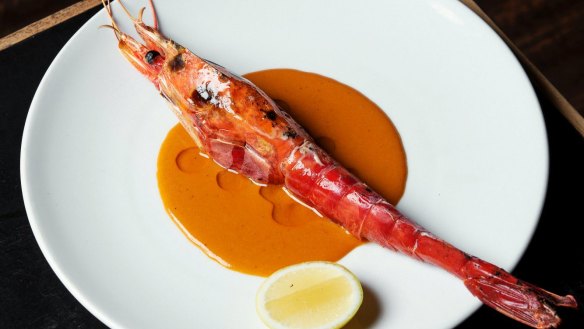
- Try keto for a day with four low-carb recipes
- The recipes that helped Michelin star chef Tom Kerridge lose 70kg
- Why the pegan diet - a hybrid of paleo and vegan - could be the next big thing
As a food and drink writer for Nine-nee-Fairfax, I receive many emails from public relations companies snake oiling their client's new product as The Next Big Thing. Faux meat, hemp beer and ashwagandha (it's an Indian herb with anti-aging properties that smells like a horse) have all hit my inbox in the past 12 months.
There was also oat milk, pea milk, flax milk, sesame milk, activated cashew milk and "komboffee" – a "soon-to-be latest health trend" according to its spruiker, combining cold brew coffee and kombucha.
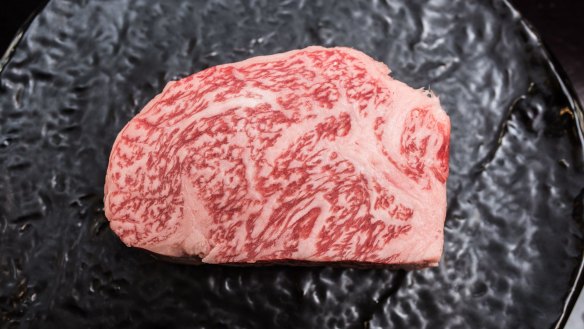
Predicting food and restaurant trends has always been a dark art but in recent years it has become even murkier. Pre-Instagram I would have put komboffee (I feel ridiculous just typing it) in the "we'll never hear of that again bin" with sushi doughnuts and charcoal burgers. Now, however, if an influential celebrity gabbers about a new food gimmick on social media, that product or dish can explode over night.
I'll always blame Gwyneth Paltrow for cauliflower rice and probably the zoodle.
Rather than the next super food, it is possible to take a close look at what restaurants to be excited about as we head into 2019. Fingers crossed komboffee stays on the sidelines and we'll all be eating more Queensland prawns in koji instead.
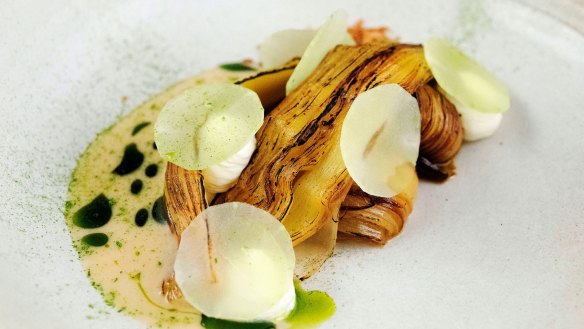
The year of the prawn
Specifically the scarlet prawn, pulled from cold waters off the coast of Cape Moreton. The deeply flavoured foot-long prawns have previously been available as a bycatch of other fisheries, however a new project developed in consultation with the Queensland government is directly targeting the bright red shellfish for Australia's top restaurants.
"All chefs who have tried the prawns agree they were worth every bit of the hype," says Costa Nemitsas, head of sales at Southern Fresh Seafood wholesalers. "The flesh, unlike other prawn species, is very delicate and best eaten raw. There's also the head matter where all the heavy duty umami is found."
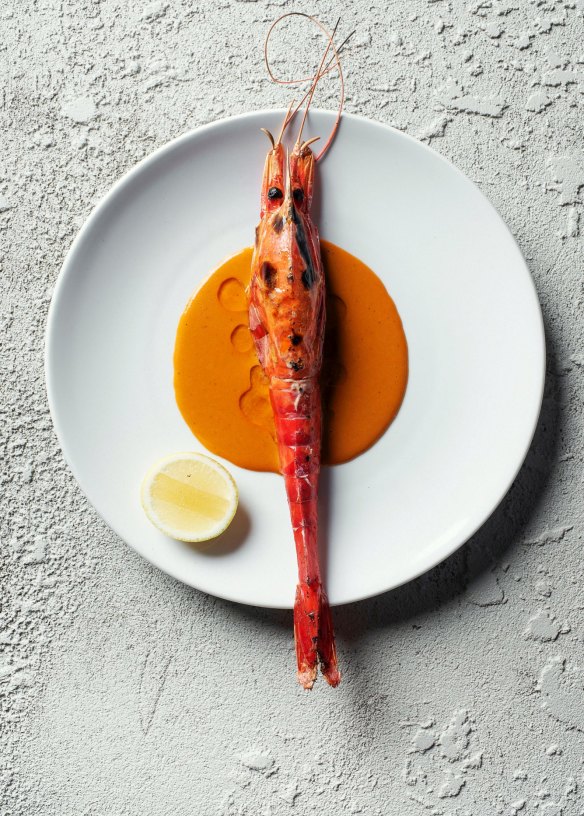
Scarlet prawns have popped up with roti at Adelaide's Orana, in sashimi form at Melbourne's three-hatted Minamishima and at Ester in Sydney as part of a little smorgasbord featuring bisque and egg noodles.
In other on-trend ingredient news, koji – cooked rice inoculated with a specific type of mould that's big in Japan – will enhance more butters, cures, sauces and steaks with its powerfully savoury flavour. Lately, it's been curing snapper at Sydney's Automata and amplifying seaweed noodles at Ramblr, South Yarra.
Also: celtuce. The wellbeing world is claiming the somewhat nutty tasting Chinese lettuce as the new kale thanks to a high level of fibre in its stems, but you should eat it just because it's delicious. Celtuce has been spotted in Surry Hills at Poly with scarlet prawns (you guys again!) and Fitzroy's Cutler & Co. with Moreton Bay bug, cucumber and shio koji sauce.
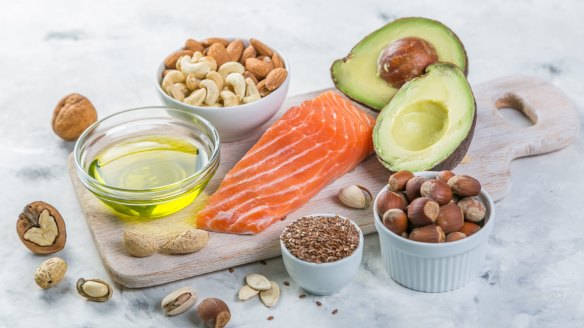
The keto effect
Paleo was only the beginning. There will be an influx of low or no-carbohydrate options in the fast casual sphere in response to the popularity of high-fat, low-carb eating plans such as the ketogenic diet, more commonly known as "keto". Expect more low-carb burger buns, salad bowls and nude (that is, no wrap) burritos. Chains such as Zeus Street Greek, which have many high protein, low-carb options, are in a beaut position to capitalise from the keto trend. McDonald's and KFC are not.
Also note "peganism" – a cross between paleo and vegan – is now big and getting bigger. According to Pinterest, the number of searches for the term has risen more than 300 per cent in the past six months.
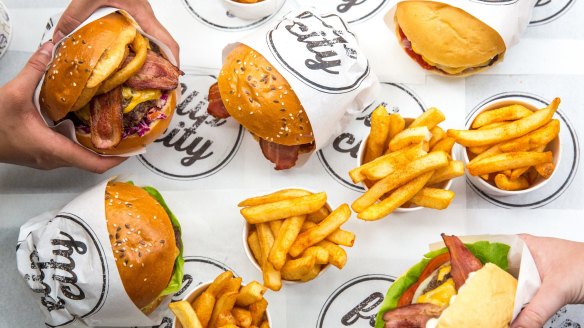
Apps influencing restaurant design IRL
Love them or hate them until you're hungover, delivery apps such as Uber Eats and Deliveroo are with us for the long haul. In 2018 investment bank UBS estimated the global food delivery market will grow from $US35 billion ($49 billion) to $US365 billion by 2030 as city densification increases.
Delivery riders trudging through dining rooms benefits nobody – especially not customers who have made the effort to actually put on pants and visit the restaurant – and more eateries will incorporate waiting bays and pick-up windows into their venue design.
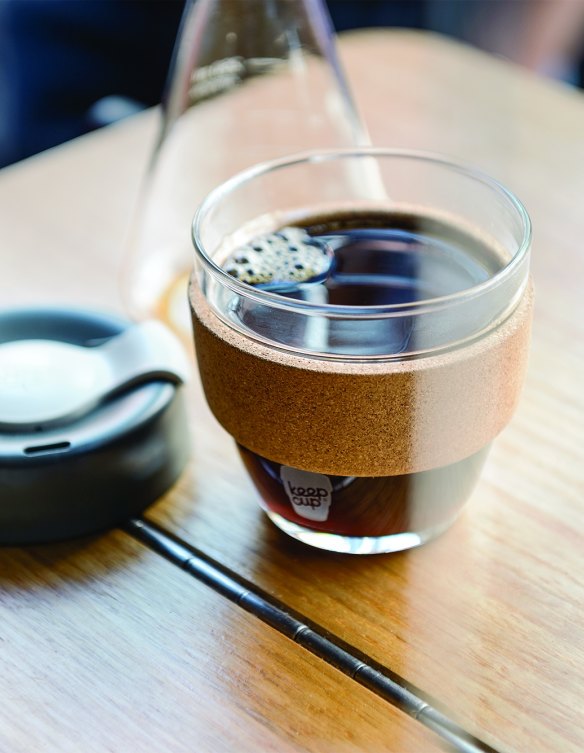
Another app influencing restaurant design is Instagram. You may have heard of it.
"Instagram is such a great opportunity to capture a wider audience and expose the space to others through a shared network," says Ricky James, co-founder of interior design and event agency Blue by Name.
"My business partner Sophie The and I are always trying to think of 'Instagrammable' moments in our designs. Natural light is something you try your best to utilise – it helps a venue feel more open and welcoming. We're currently working on a space that has five completely different food offerings under one roof and trying to find unique 'Insta-moments' can be a huge challenge."
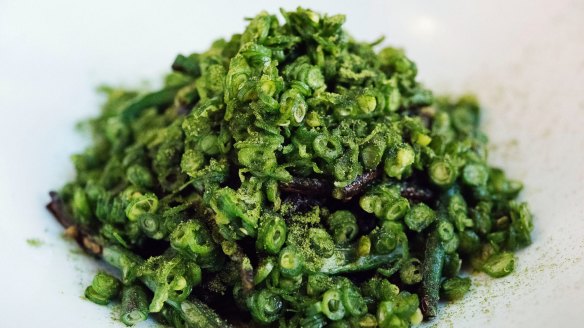
James says diners will see a lot more colour and bolder design choices in Australian restaurants this coming year.
"Minimalist design has kind of had its day and we're moving into more of a maximalist vibe. We think those paving the way for design in Australia will begin to draw inspiration from places like Africa and Morocco. An ethnic blend of colours and textures is what we need to see trending in our restaurants."
Bring us our daily head on plate

Gnarly chicken feet on plates were all the rage a couple of years ago, then less accomplished chefs tried to land the manoeuvre and we ended up with a lot of dishes that looked like medieval leftovers. Next up: heads.
Noma served a whole duck head with brains exposed Hannibal-style in Copenhagen last year and Rene Redzepi's wide-reaching influence means there might be a few more bird head nods from contemporary chefs in 2019. Fish heads on plates too, such as the whole kingfish noggin served with lemon and capers on the menu at Mary's Pizzeria. The modern Australian diner is more than happy to dig through eye sockets for delicious rewards.
The next frontier in No Waste
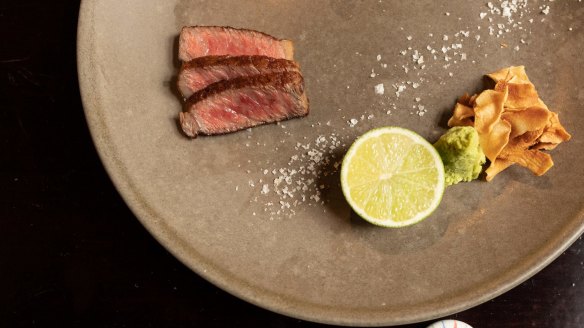
Terrific progress has been made to eradicate plastic bags, takeaway coffee cups and single-use straws (even Coca-Cola Amatil joined the #DoesntSuck movement last week) and now the delivery market seems poised to come on board the anti-plastic boat too. Not all takeaway containers are repurposed for freezing beef stroganoff.
"Environmental sustainability is a complex problem and one that we must try to influence positively," said a spokesman for Uber Eats. "While we can't control how restaurants and consumers behave, we have a direct line to more than 20,000 restaurant partners which means we are uniquely positioned to influence the decisions and behaviours of restaurants."
Deliveroo and Uber Eats both have new functionality to let customers choose whether or not they need disposable cutlery delivered with their dim sims. This seems like a very good start.
Healthy skin, healthy gut
Collagen has been used to create glowing skin since Noah built the ark and now the connective tissue protein is enjoying new life as a health supplement with internal benefits.
"People are finding it helps a lot with joint pain and repairing the gut," says Rhian Phillips, a naturopath for Healthy Life, which has more than 50 health food stores across the country.
Google Trends shows a significant increase in the number of collagen-related searches over the last two months and enterprising health cafes are set to capitalise on this. Expect to see more collagen-rich ramen (or knock-off versions thereof) sharing menu space with acai bowls and hemp smoothies.
For anyone wanting to increase their collagen intake but doesn't like delicious tonkotsu, Healthy Life will begin stocking chocolate bone broth shake powder this year. (Chocolate broth shakes, yes, you read that correctly.)
Momofuku is playing at my house
Delivery apps bring a restaurant's food into your home and now Spotify can pump out its jams. David Chang's Momofuku master list of more than 1000 songs is publicly available to stream and Copenhagen's Amass restaurant has a cracking Spotify playlist if you're into hip-hop deep cuts and Lil Wayne. It's likely more Australian restaurants will start promoting their own playlists – music is an excellent way to bolster a brand.
"The [venue's] soundtrack is as important as the food and drinks," says Kenny Graham, co-owner of Mary's Newtown. "It can turn around a shit day or send a good one south – the tone, pace and volume will control the room. We've never hid any of our [Spotify] playlists and thought the idea of someone playing it while getting pissed at home was just as special as someone digging it in the venue, if not more."
Fancy water
As health-conscious consumers moderate their drink choices, diners will be able to choose more non-alcoholic cocktails and luxe waters at restaurants.
Californian brewer Lagunitas moved into the Australian market in May and has produced HopWater – a sparkling water that mimics the taste of beer without the alcohol, kilojoules or carbohydrates. Meanwhile, Israeli start-up Wine Water is hawking a product that infuses spring water with grape skins and seeds from the winemaking process.
There's myriad health waters already on the market, laced with vitamins and minerals and all types of fandango. With Australian consumers becoming increasingly anti-plastic, expect to see more of these types of fancy waters in fridges – bottled water will have to try extra hard to differentiate itself from the more environmentally-friendly juice straight from the tap.
Full transparency
Heston Blumenthal, Neil Perry and George Calombaris have all made headlines in the last 18 months regarding underpayment of staff. Coupled with an increased focus on workplace equality across all industries, restaurants will need to become transparent across every aspect of the business – not just where their salmon and grass-fed beef comes from.
More restaurant owners will show they care about the whole system and story of food and demonstrate to customers they are cultivating an inclusive work environment with fair pay. Staff sustainability is just as important as food sustainability.
#MeatToo
The faux meat market will continue to grow as plant-based eating becomes increasingly mainstream. Rising in parallel will be an appetite for high-end actual beef.
Japan regained access to ship-chilled wagyu to Australia in May after a 17-year ban on beef imports due to an outbreak of mad cow disease. Consumers and chefs were in highly-marbled heaven with recent shipments of Japanese A5 wagyu, reportedly the most expensive beef to hit Australia at $500 a kilogram. Social media love for the imported product was so widespread that Neil Perry weighed in on the matter.
"Lots of photos and talk about Japanese wagyu, really guys?" the Rockpool chef wrote in an Instagram post last week. "It's super rich and oily and cryovaced which taints the flavour."
Perry also mentioned how blessed we are in Australia to have David Blackmore's wagyu from the Victorian high country, a world-class product thanks to Blackmore's skilled farming.
Whether you're eating Japanese kobe or beef from Australia's top producers, there will be greater acknowledgement in 2019 that it's A-OK to eat steak from a cow that's had a ripper life and "one bad day".
Restaurant reviews, news and the hottest openings served to your inbox.
Sign up- More:
- Restaurant news
